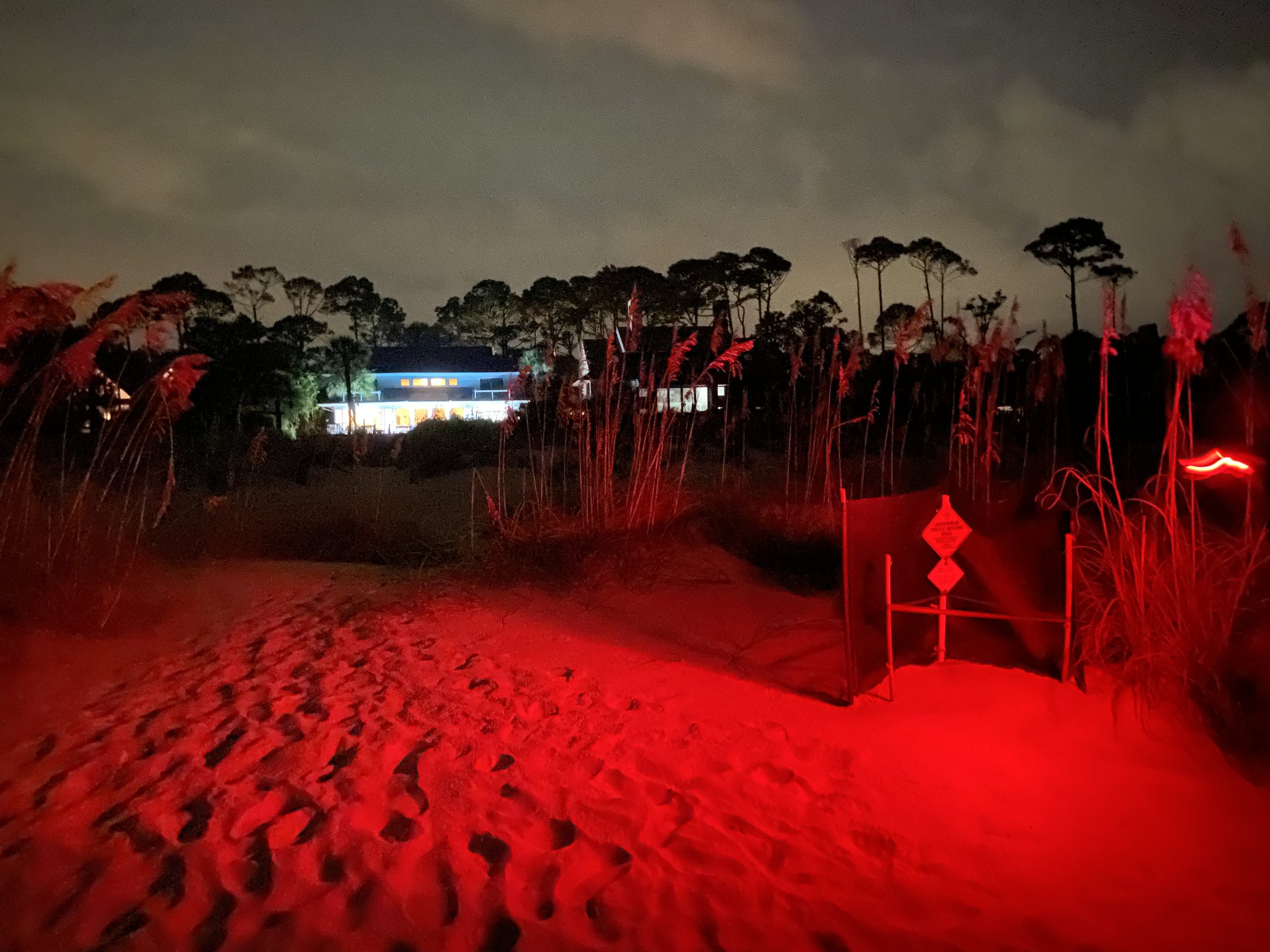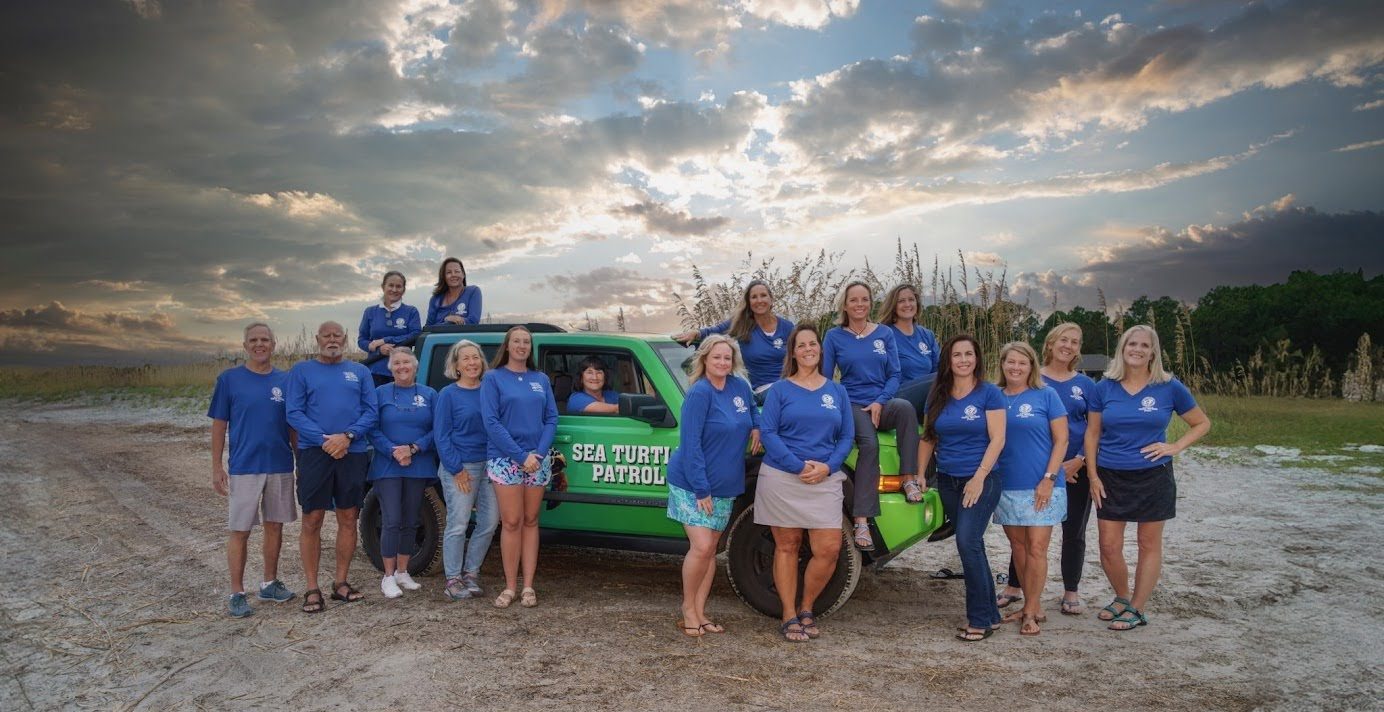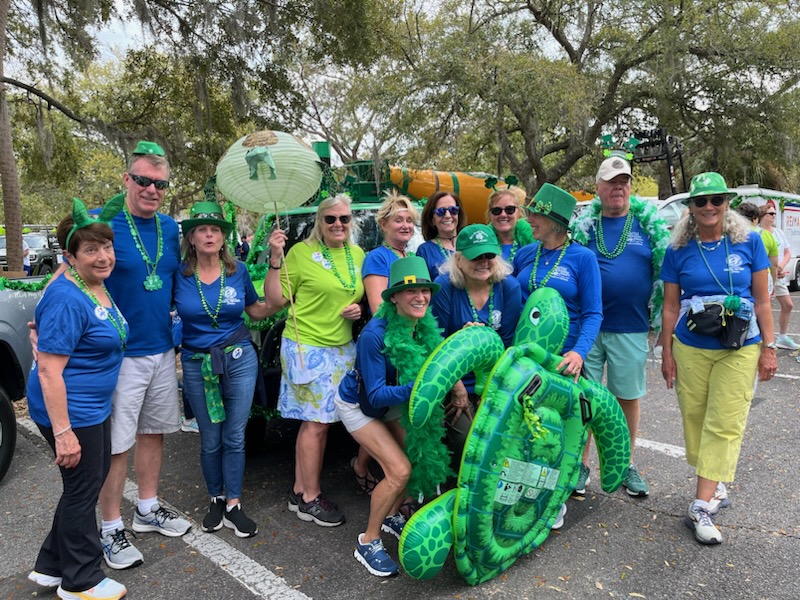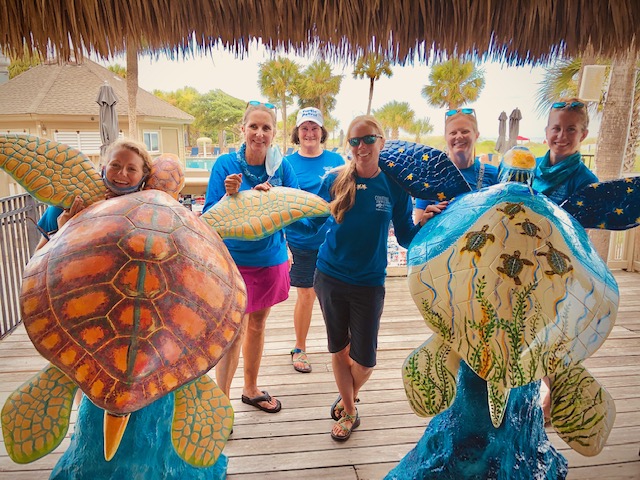How To Help
Learn More About How You Can Help Sea Turtles
Be a good steward of our beaches!
How Visitors Can Help Sea Turtles on Hilton Head Island
We love when our visitors ask us how they can help our other favorite Hilton Head Island visitors, our Sea Turtles!
As you explore the natural beauty of our beaches, you play a crucial role in preserving the lives of these magnificent creatures. Our “How to Help” section provides actionable steps for every visitor to minimize their impact and ensure the safety of nesting sea turtles and their hatchlings. From participating in the “Lights Out” initiative to “Putting the Beach to Bed,” every action counts towards creating a safer habitat. Additionally, you can make a lasting impact by dedicating a nest or contributing to our conservation efforts through a donation. Every step you take, no matter how small, contributes to our mission of protecting this keystone species for future generations. Explore our site to find out how you can get involved and make a difference today!

Leave only your footprints…
Put the beach to bed
At the end of a fun day in the sun at the beach, help our sea turtles by putting the beach to bed. Doing these things helps to make sure the beach is flat, dark, and free of debris that can confuse mother sea turtles or hatchlings.
What you can do to help Put the Beach to Bed
Leave only your footprints…
Put the beach to bed

This nest has a screen to protect hatchlings from the bright lights of the homes on the beach that are not following the lights out rule.
Sea turtles are reptiles. To avoid overheating in the summer sun they nest and hatchlings emerge in the cool evenings. A mother sea turtle will crawl out of the water across the wet sand and select a nest site above the high tide line in the dry sand. Bright artificial lights shining onto the beach from nearby homes or hotels can be distracting for them and may cause them to turn around and not lay their nest. These lights will also cause confusion for hatchlings that come out of their nests in the cooler summer evenings and look for natural light reflection on the water from the moon to guide them to the ocean.
To protect nesting sea turtles and hatchlings during the months of May to October, the Town of Hilton Head Island has a lighting rule that requires residents and businesses like hotels along the beach to turn off outside lights, use amber color lights outdoors with a shield to direct light downward and shade inside lights from the beach from 10 p.m. to 6 a.m. If you are visiting or staying on the beach, close your blinds and turn off exterior lights after dark.
You can also help by using a red beam flashlight for nighttime walks on the beach. If you see a nesting sea turtle or hatchlings, stay a good distance away and do not shine any light directly onto them.
Found An injured Sea turtle?
How to help?
Please do not approach or touch any animals in distress.

call SCDNR’s 24-hour hotline 1-800-922-5431
Please be prepared to answer the following questions:
- What is the exact location of the animal?
- Is the turtle alive or dead?
- What is the approximate size of the turtle?
- Is the turtle marked with spray paint? (This may indicate that the turtle has been previously documented.)
- What is the location of the closest access point to the turtle? (GPS Coordinate or Beach Marker)
- If the turtle is alive, please be prepared to stay with it until help arrives.



More ways to help
Nest Dedications
We are a volunteer organization that depends on donations. Nest dedications are an amazing way to help fund our organization’s operations with the added value of education for the donor and dedication recipient.
When you dedicate a nest, you and the recipient will get updates from our patrol team about your nest throughout the season.
Stay in touch
SAVING SEA TURTLES
Want to learn more about how you can help the sea turtles visiting Hilton Head Island? Join our mailing list and receive up-to-date information on nesting and our Patrol activities throughout the year.
Click Here to Sign Up for our Newsletter









